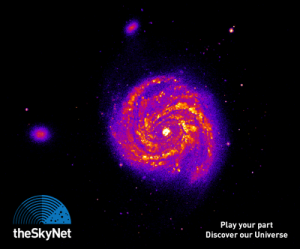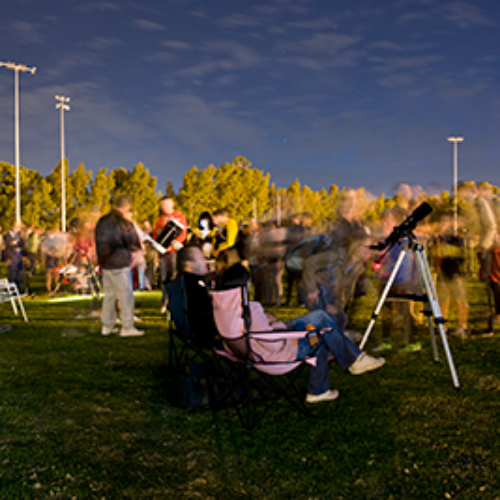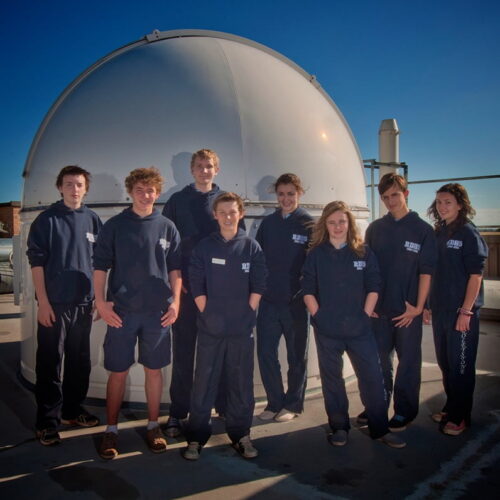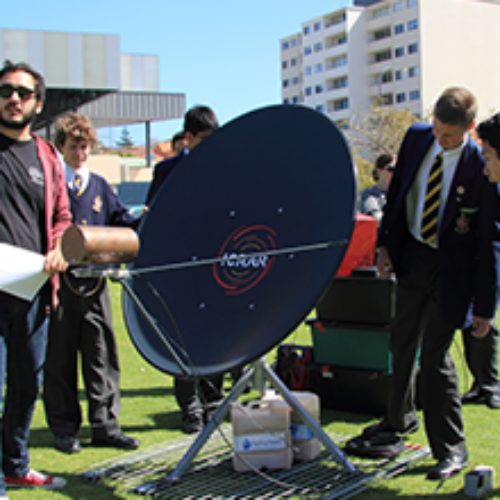
An image of Galaxy M100, created by volunteers for theSkyNet POGS using their home computers.
One of the biggest problems in radio astronomy is finding the computing power needed to process the massive amounts of data collected by telescopes.
Enter TheSkyNet — a citizen science project that aimed to raise the public profile of science and radio astronomy while simultaneously creating a research grade data processing resource for scientists.
TheSkyNet allowed members of the public to donate their spare computing power to process radio astronomy data, with the software running quietly in the background of users’ personal machines.
Since launching in September 2011, this initiative enjoyed significant success, with around 4,500 machines online and contributing at any given time, day or night. This added up to a distributed network capable of performing far more than one million processing tasks per day, placing theSkyNet on par with a supercomputer with more than 40 TFlops of processing power.
To date this resource has been used to search for galaxies in data gathered by the Parkes radio telescope in New South Wales, and to process observations of distant galaxies observed by Pan-STARRS1, an optical telescope located in Hawaii. This large volume of data would take computers at John Hopkins University approximately 1,000 years to process, whereas it’s believed this can be done in two years with theSkyNet.


